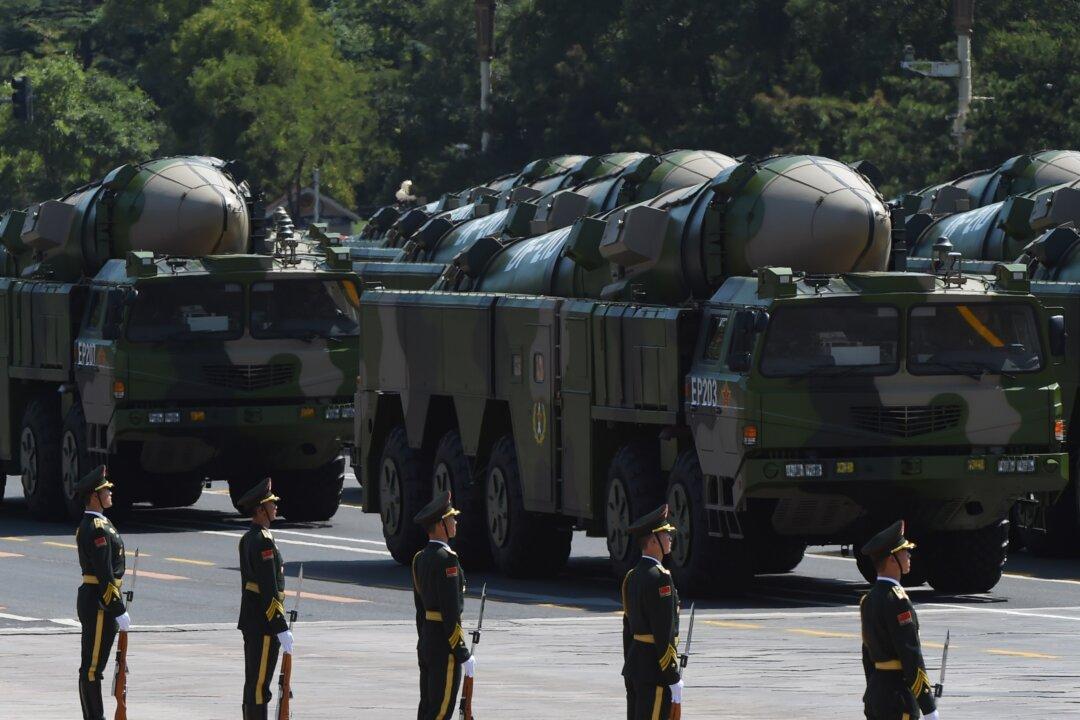News Analysis
China’s military advantage as fielding the “most active” missile program in the world is threatened by joint U.S.-Israeli advances in the Iron Dome missile interceptor.

China’s military advantage as fielding the “most active” missile program in the world is threatened by joint U.S.-Israeli advances in the Iron Dome missile interceptor.